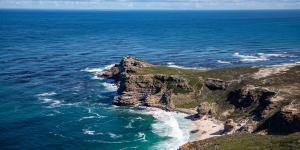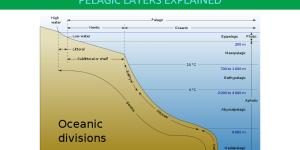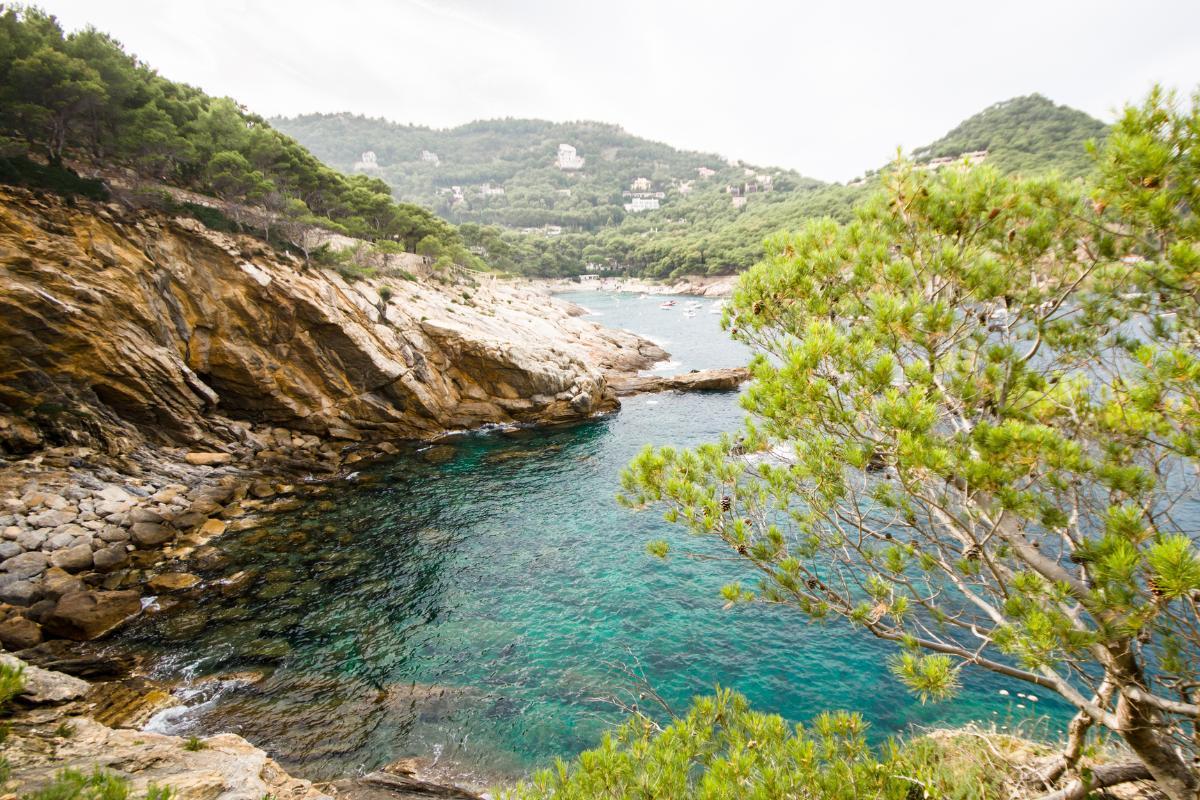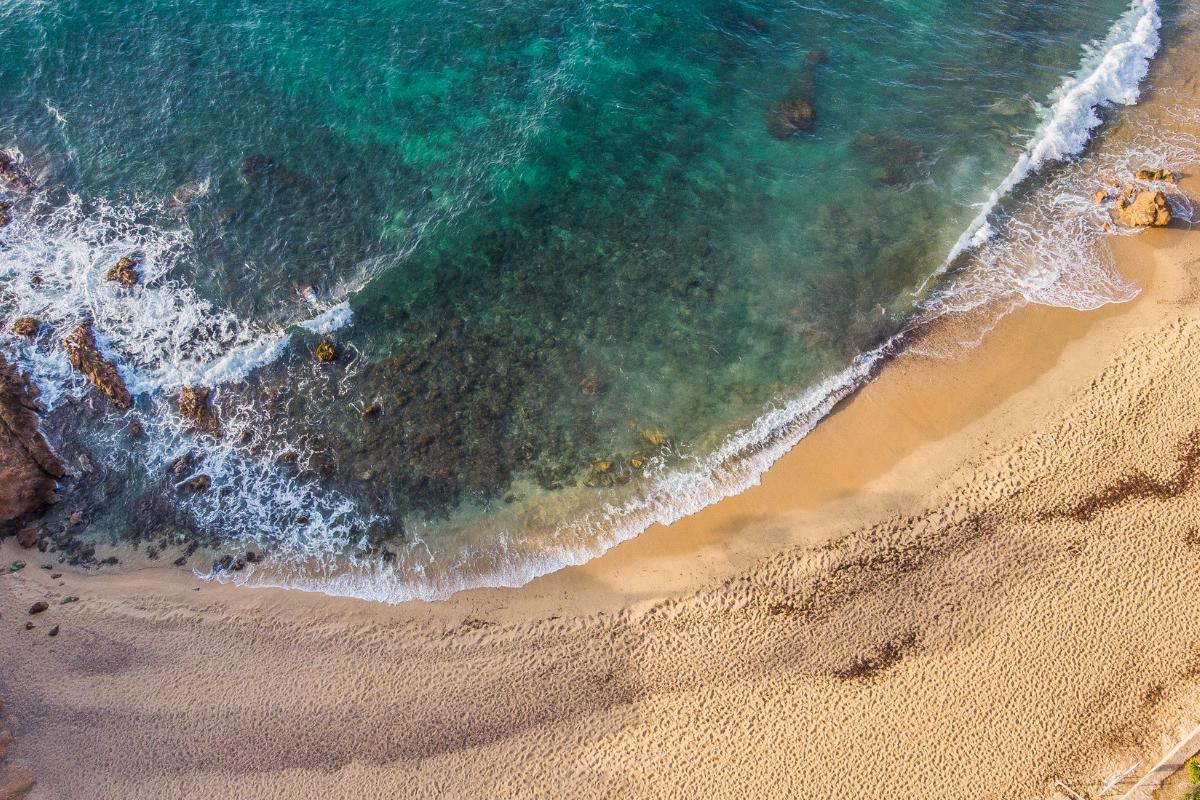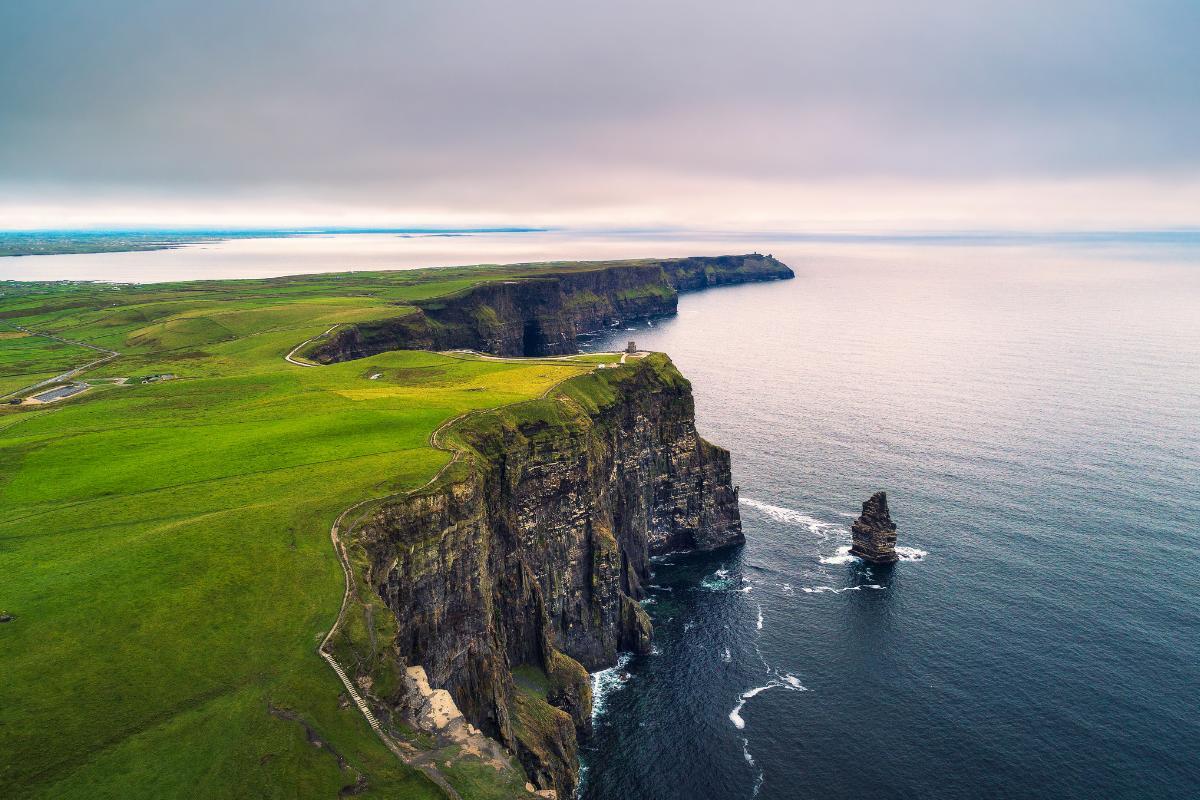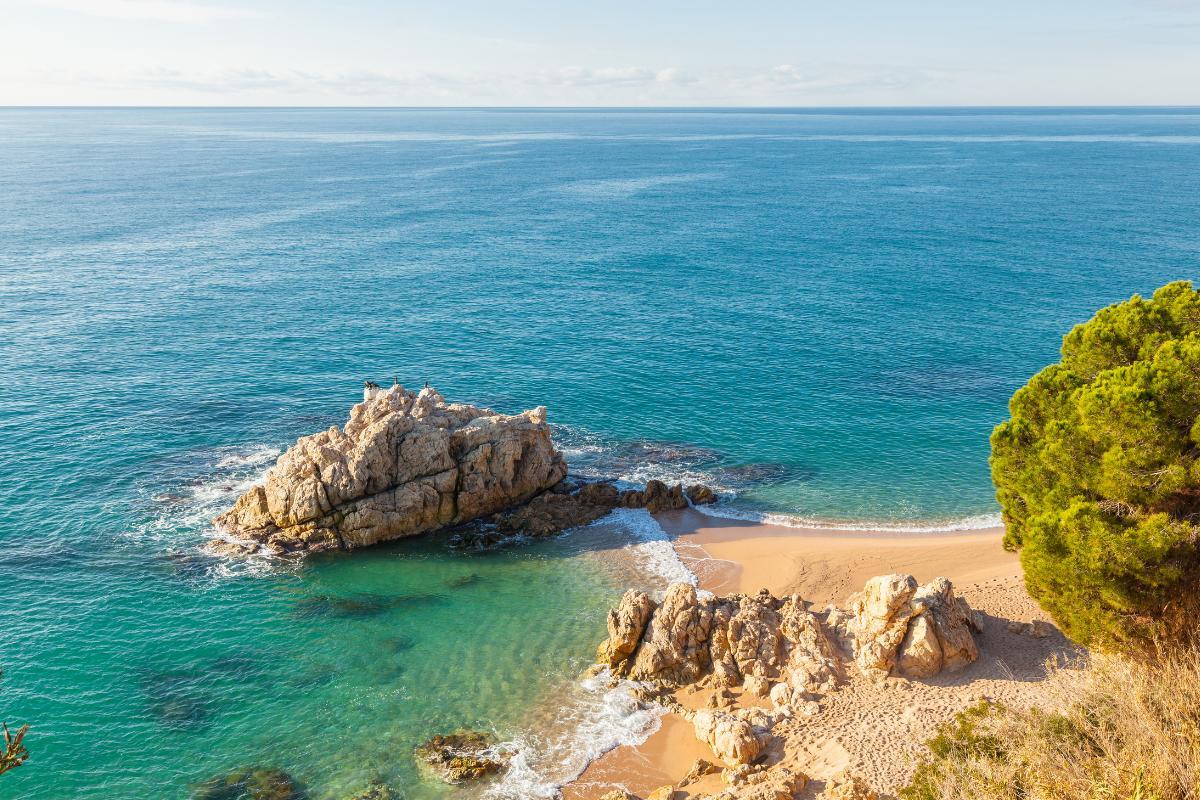What Is a Coastline in Geography?


The coastline is a transition area between land and sea that encompasses a diversity of coastal ecosystems. These ecosystems are of great importance for both natural and human life. Coastlines vary greatly in term of geographical formation, ranging from sandy beaches to coral reefs. These dynamic environments are home to rich biodiversity and provide a wide range of ecosystem services. There are numerous types of coastlines, each with different characteristics that influence the ecosystems around them. In this thedailyECO article, we ask what are coastlines in geography? By answering the question, we not only provide a definition of coastlines, but types and examples which highlight their great diversity.
What are coastlines?
Coastlines are geographical areas that are located at the intersection between land and sea. They are strips of land that border oceans and seas. They are characterized by their proximity to water and their importance in both environmental and human terms.
- These littoral regions can vary in size and characteristics depending on geographic location and local conditions. They usually present a wide diversity of ecosystems, including sandy beaches, rocky cliffs, mangroves and estuaries. Read our related guide to find out what is an estuary.
- One of the most notable aspects of the coastlines is their unique biodiversity. These areas are usually home to a wide variety of plant and animal species adapted to the specific conditions of the coastal environment. In addition, coastlines provide vital habitats for numerous marine species, migratory birds and wildlife in general.
- From a human point of view, coastlines are of great importance to various economic and social activities. They are popular tourist destinations, attracting millions of visitors each year due to their beaches, picturesque landscapes and recreational activities such as diving, surfing and fishing. Additionally, many coastal communities depend on fishing and aquaculture as a source of livelihood. They are all important parts of the blue economy.
- Coastlines also face a series of challenges and threats. Urbanization, pollution, environmental degradation and climate change are just some of the problems affecting these areas. The uncontrolled construction of coastal infrastructure, the overexploitation of natural resources and the loss of habitats are major concerns that require careful and sustainable management of coastlines.
The coast is associated with land meeting marine waters, i.e. the sea. For freshwater bodies of water, the area of intersection between land and water has other terminology depending on the specific type of water. For example, rivers have riverbanks and lakes have lakeshores.
Discover more about these freshwater bodies of water with our article explaining the difference between a lake and a lagoon.

Types of coastlines
There are various types of coastlines, each with unique characteristics determined by factors such as climate, geology and the action of water. Some of the main types of coastlines include:
- Sandy beaches: these are perhaps the best known and most frequented coastlines. They are mainly composed of sand and can stretch for many miles. Sand beaches are formed due to erosion and transport of sediment by ocean currents and winds. They are important for tourism, recreation and the conservation of marine species.
- Rocky Cliffs: in contrast to sandy beaches, rocky cliffs are made up of hard rocks such as limestone or granite. These coastlines are common in regions with coastal elevations and are subject to wave action and costal erosion. Such natural processes can result in impressive geological forms. Rocky cliffs are often important habitats for seabirds and other coastal species.
- Mangroves and estuaries: mangroves are tropical and subtropical coastal ecosystems that develop in muddy intertidal areas. They are home to a wide variety of plant and animal species, providing important ecosystem services such as protection against coastal erosion and filtration of pollutants. Estuaries, on the other hand, are transitional habitats between rivers and oceans where fresh and salt water mix.
- Coral reef coastlines: coral reefs are biological structures built by coral colonies that develop in shallow, warm waters. They are some of the most diverse and productive ecosystems in the world, hosting a wide variety of marine life. Coral reef coastlines are important for tourism, coastal protection and fishing, but they also face significant threats due to climate change, pollution and overexploitation.
Learn about a very specific type of coral reef coastline with our article on what is an atoll and how is it formed?

What is a coastal ecosystem?
The coastline is a transition zone between terrestrial and marine ecosystems, so coastal ecosystems are the ecosystems which exist in this transitional area. This dynamic and diverse area is influenced by a variety of factors, such as tides, ocean currents, climate, geology and human activities.
The intertidal zone experiences constant changes in exposure to water and sunlight. In this area you can find a great diversity of organisms adapted to living in both humid and dry environments. Animals such as snails, hermit crabs, algae and sea anemones are common in this area.
In the majority of cases, the coastal ecosystem has beaches and coastal dunes. These act as natural barriers against coastal erosion. They are home to a variety of plant species adapted to salinity and exposure to wind, such as beach grass and pioneer plants. Additionally, the beaches and dunes are nesting sites for animals such as seabirds and sea turtles.
In the case of coral reefs, they are home to a wide variety of organisms. They include reef-building corals, tropical fish, mollusks and echinoderms such as starfish. Coral reefs are important for coastal protection, fishing and tourism, but are threatened by climate change, pollution and destructive fishing.
Coastal ecosystems exist in direct connection to marine ecosystems, with both being habitats for many of the same animal species. Learn more about marine habitats with our article on the different types of aquatic ecosystems.
Examples of coastlines
Whether they are important for tourism, industry or local flora and fauna, some of the world's most famous geographical areas are coastlines. They include the following:
- Caribbean coastline: white sand beaches, vibrant coral reefs and mangroves characterize the Caribbean coastline. From the Bahamas to the coasts of Central and South America, this region is home to some of the most popular tourist destinations in the world.
- Pacific Northwest coastline of the United States: from Washington state to Oregon and California, this coastline is characterized by rocky cliffs, dark sand beaches and lush coastal forests. It is home to a wide variety of wildlife, including whales, sea lions, bald eagles and salmon.
- Mediterranean coastline: known for its picturesque landscapes and rich cultural history, the Mediterranean coastline encompasses countries such as Spain, France, Italy, Greece, Turkey and more. From the hidden coves of Spain's Costa Brava to the sandy beaches of the French Riviera, this region offers a wide variety of coastal environments.
- Persian Gulf coastline: this coastline extends along the countries bordering the Persian Gulf, including Kuwait, Saudi Arabia, Bahrain, Qatar, the United Arab Emirates, Oman and Iran. Its shallow, nutrient-rich waters support a variety of coastal ecosystems, such as mangroves, estuaries and coral reefs.
Now you know what is a coastline and what types of coastline exist, you might want to learn some fun facts about the smallest beach in the world.

If you want to read similar articles to What Is a Coastline in Geography?, we recommend you visit our Ecosystems category.


